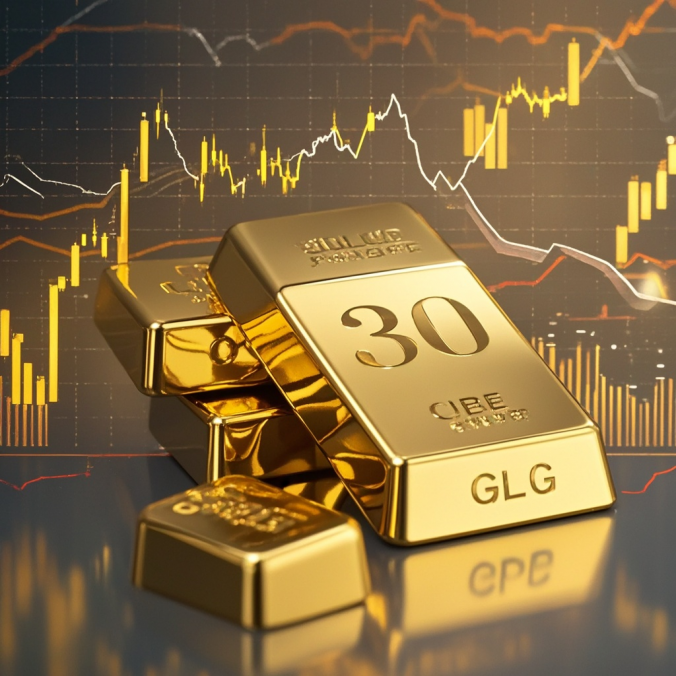U.S. Core CPI Falls Short of Expectations in June, Gold Prices Surge Then Retreat by $30
On July 16, 2025, the financial markets witnessed a dramatic turn of events as the U.S. core CPI data for June fell short of expectations. This news acted like a stone thrown into a calm lake, sending ripples across the markets, particularly triggering significant volatility in the gold market.
Following the release of the disappointing U.S. core CPI figures, market reactions were swift. The U.S. dollar index, as if injected with a stimulant, rebounded sharply to 98.624. Given the close correlation between the foreign exchange and precious metals markets, gold prices were notably impacted. Initially, gold prices surged upon the news but then rapidly retreated by as much as $30, hitting a low of $3,320.12 per ounce. By 4:00 p.m. that day, London spot gold had declined by 0.38%, closing at $3,330 per ounce.
From a market logic perspective, core CPI—a key inflation gauge—falling short of expectations typically signals easing inflationary pressures in the U.S. This shift altered market expectations regarding the Federal Reserve's future monetary policy. Many believe that reduced inflationary pressures could diminish the urgency for the Fed to implement further aggressive rate hikes. Given the inverse relationship between interest rates and gold prices, lowered rate hike expectations should theoretically support gold prices, which explains the initial surge in gold following the data release.
However, the strong rebound in the U.S. dollar index disrupted gold's potential upward momentum. As the world's primary reserve currency, the U.S. dollar shares a substitutionary relationship with gold to some extent. When the dollar strengthens, investors tend to favor dollar-denominated assets, thereby dampening demand for gold. In this instance, the dollar index's rapid rebound—despite the weaker-than-expected core CPI—attracted substantial capital inflows into dollar assets, weakening bullish sentiment in the gold market and triggering a sharp pullback after the initial rally.
For gold investors, this significant price fluctuation undoubtedly serves as a test. In the short term, heightened market uncertainty calls for close attention to subsequent U.S. economic data and the Fed's policy signals. If U.S. inflation continues to underperform and the Fed signals a clear dovish stance, gold prices may regain upward momentum after a period of adjustment. However, if the dollar index remains strong or global economic concerns intensify, driving sustained capital flows into dollar assets, gold prices could face further downward pressure.
From a broader perspective, this event highlights the complexity and interconnectedness of global financial markets. As the world's largest economy, any fluctuations in U.S. economic data ripple through various corners of the global financial system via multiple channels. The gold market, as a critical component of this system, is no exception. Against this backdrop, both professional investors and the general public must exercise greater caution in asset allocation to navigate the ever-changing market dynamics.
Looking ahead, as more economic data is released and the Fed's policy meetings approach, the gold market may remain volatile. Investors should stay attuned to market developments and make informed decisions based on their risk tolerance.
